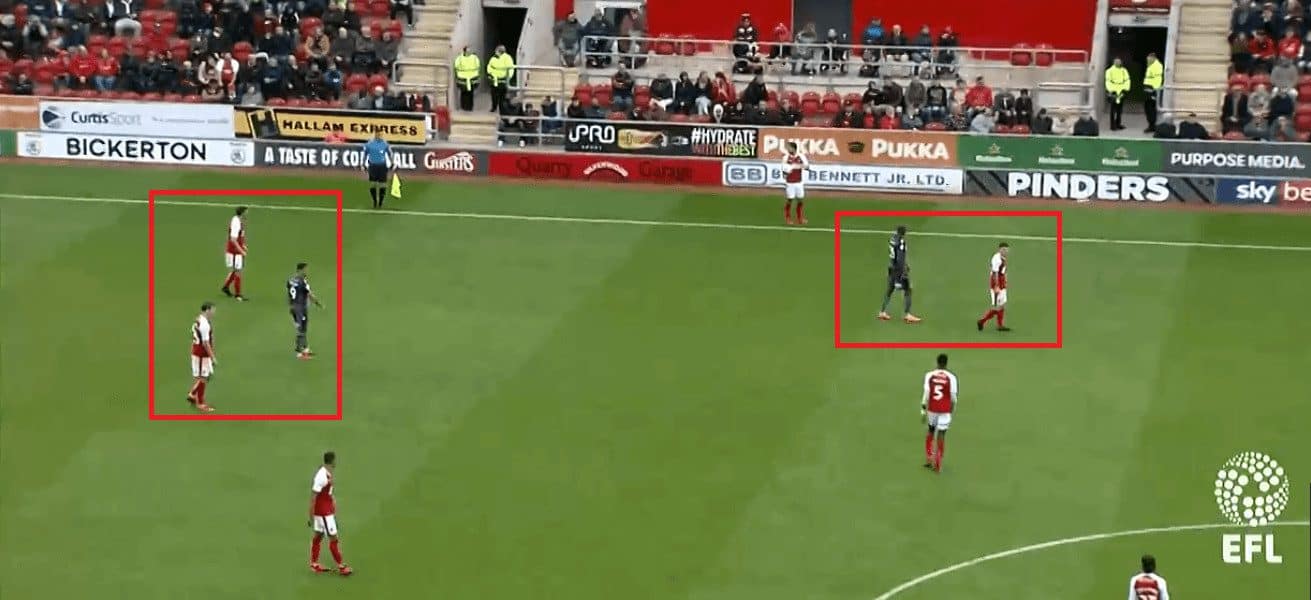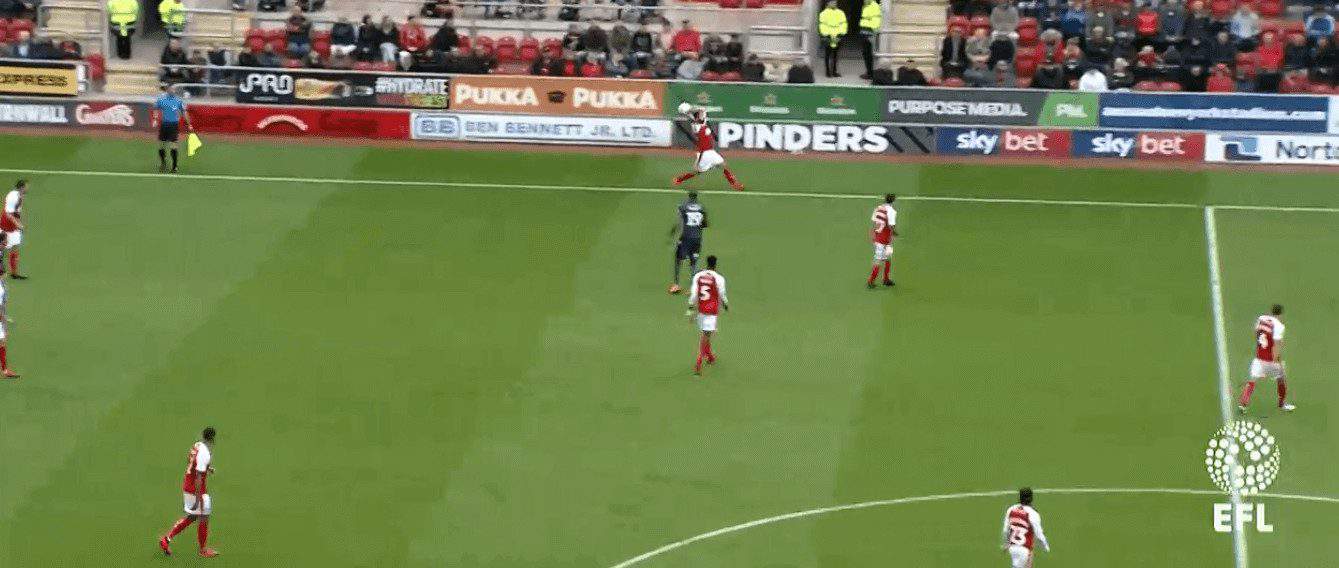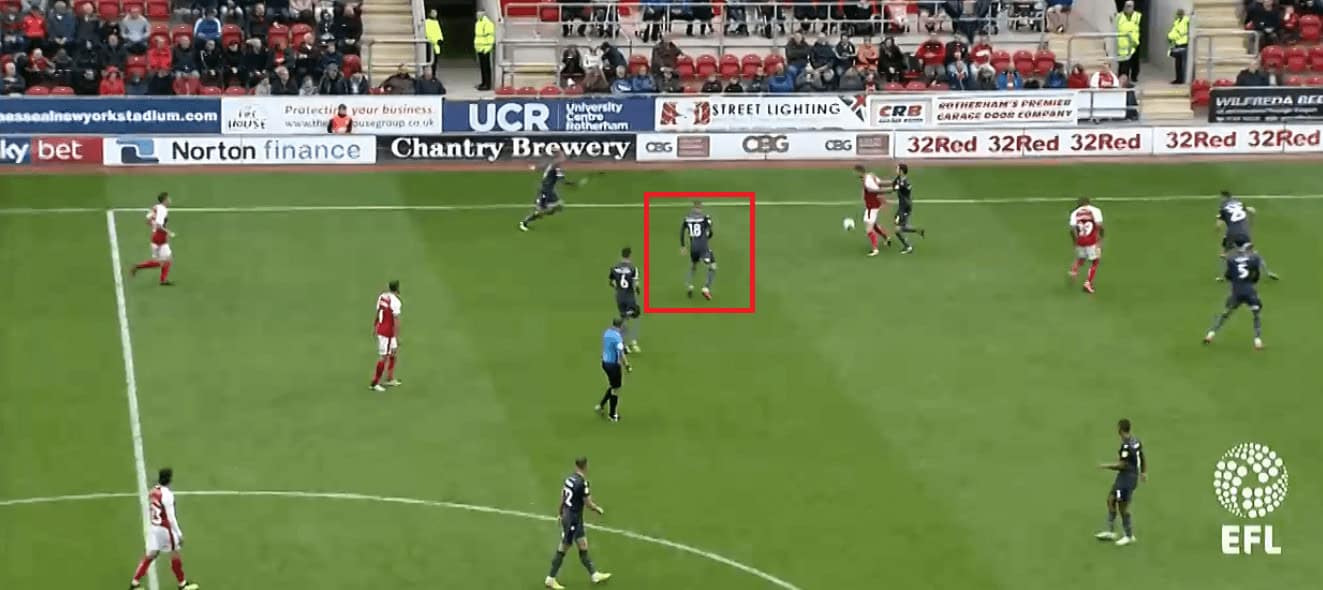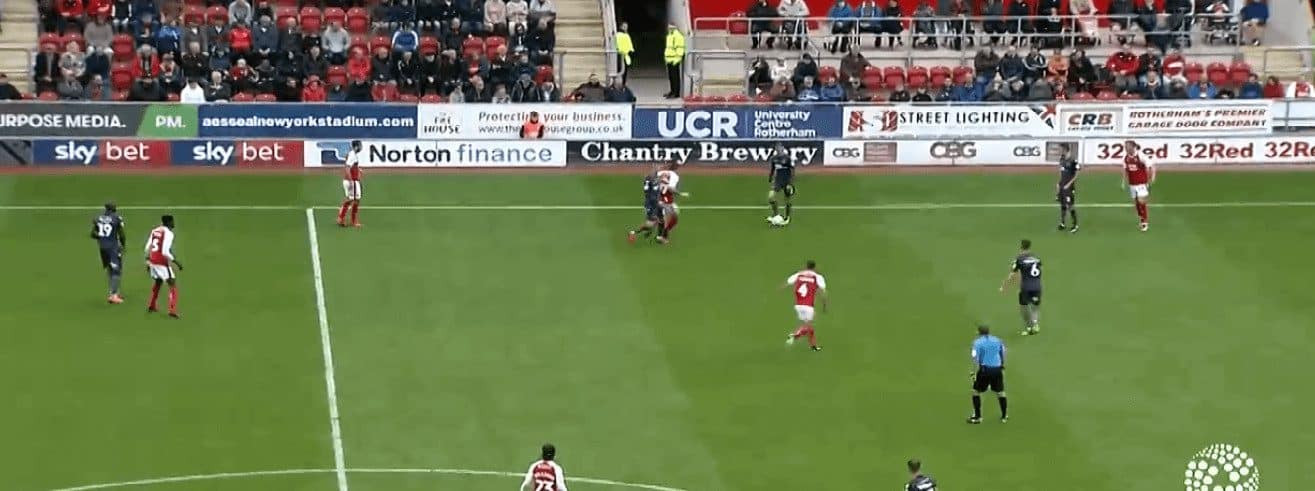Football is in the midst of an analytical revolution. Data and analysis are commonplace inside and outside of clubs. Clubs now employ entire departments of specialists in data collection and analysis alongside contracting out the assistance of stats companies. There is an overwhelming amount of information being churned out on the beautiful game. There has never been as much information available to coaches to aid or confound their decisions.
From a coaching perspective, I want to look at how to practically identify a potential competitive advantage edge from the analysis or data and apply that information onto the training pitch with the end result is an application in a match.
Identifying a competitive advantage
Data analysis and tactical analysis is all about one thing for a coach. That one thing is finding edges that can be used to beat an opponent. The top coaches have been instinctually applying edges for years. They stack all these edges on top of each other to give them an absolute competitive advantage each match. These edges might include talent, positioning, team spirit, pressing, set pieces, etc.
Throw-in Specialist
Recently Liverpool has been in the news for the hiring of a throw-in specialist to give them an edge. Thomas Gronnemark was brought in to improve Liverpool’s attacking set pieces via throw-ins. This has brought much discussion about the potential competitive advantages of attacking throw-ins. Within this discussion, there is a large potential edge inadvertently being discussed. Attacking throw-ins are inefficient and need a specialist because they are an excellent opportunity for the defence to win the ball back.
Defending Throw-ins as Pressing Triggers
Ted Knutson and his company Statsbomb are at the leading edge of data analysis and work privately with many clubs. Ted Knutson through articles and podcasts likes to drop little nuggets of information about what his analysis team is seeing internally with the data. Often these nuggets are enough to trigger an applicable edge for a coach. In discussing the effectiveness of attacking throw-in he mentioned that the data shows most teams take throw-ins that are “very pressable because they happen in such a congested space”. For a coach, this should provide all the information required for a coaching decision.
For coaches, the data should provide binary decisions. Coaches should not quibble whether a shot is a 3% or 6% opportunity. Even though the 6% shot is twice as good both shots are crappy. A coach doesn’t need to know percentages of pressing throw-ins. They just need to answer the question do I want to use the 10-20 opponent throw-ins as pressing triggers to intentionally win a possession. It is a simple yes or no.
Once a coach has answered whether they want to attempt to exploit the edge the next question is how. How can a coach apply the potential edge to the practice pitch and eventually a match?
How to Exploit the Edge
“Pressing is not about running and it’s not about working hard. It’s about controlling space.” – Arrigo Sacchi
Pressing throw-ins is an edge because it is in a congested space. Most teams when they do not have a clear safe open player end up throwing it down the line. Defending along the sideline is a great obvious trigger and space is limited.
The first step in pressing a throw-in will be making the throwing team predictable and getting the opponent to throw the ball down the line. This will put the defence in an optimal position to win the ball. The defence will have a spatial positional advantage.

Above shows the 2 players in blue occupying the easy short throw-in options. The predictable option is for the attacking team to throw it down the line.

The next step is to gain a numerical advantage along the sideline. We want to get a free defender near the predictable receiver of the throw-in to press or double-team the ball from the inside towards the outside. This uses the sideline to our advantage.

#18 is a free player that can pressure the ball from the inside out. The attacker with the ball is isolated and the defending team having numbers up around the ball. This is a textbook case of pressing a throw-in.
Finally, we need to get a transitional advantage by completing the first pass. It does a team no good to win the ball if we cannot retain possession and get the ball off the sideline. Once we win the ball we must complete the first pass no matter how simple the pass. This simple first pass helps us “finish the play” and transition to attack.

#18 wins the ball and finishes the play by completing the easy pass to retain the ball. Complete a simple pass and possession is retained.

Coaching Steps for Pressing Throw-ins
- Gain positional advantage through predictability. Take away the easy short options.
- Gain numerical advantage through keeping a free player to press from the inside out.
- Gain transitional advantage by completing the first pass and retaining possession.
How to Practice the Edge
Now that we know our coaching strategy of gaining a positional advantage, numerical advantage and transitional advantage, the next step is to train the strategy in our practice environment.
One method would be to isolate the throw-in within a small setting to use repetition to emphasize our strategy. This method would then entail transitioning into a larger game to apply the strategy. This taking the game apart and then reassembling requires setting aside a substantial amount of precious practice time.
My preferred method is to integrate throw in pressing within an 11 v11 full field activity where every restart is a throw-in.

From the diagram above the Blue team’s goal kicks are taken as throw-ins from the blue cones on the sideline and the Blue team’s corner kicks are taken as throw-ins from the yellow cones. It is the reverse for the Red team as their goals kicks are taken from the yellow cones and their corners are taken from the blue cones.
This activity allows for a natural 11v11 flow that you can use for other coaching points while also getting a large number of throw-in opportunities to coach the pressing aspect. Often we use the 11v11 to have our first team go against our scout team to prep for our next match while simultaneously getting many reps of pressing throw-ins. This method helps keep players engaged and allows for coaching to look close to what the game looks like. Practice triggers directly mimic game triggers.
Conclusion
Data and analysis are great for moving football forward but it has to be practically and appropriately applied through coaching in order to gain the edge. Defending throw-ins might not seem important but they provide 10-20 isolated pressing triggers per game. If you can increase the number of possessions for your team that is a worthwhile exploitation of an edge.





Comments